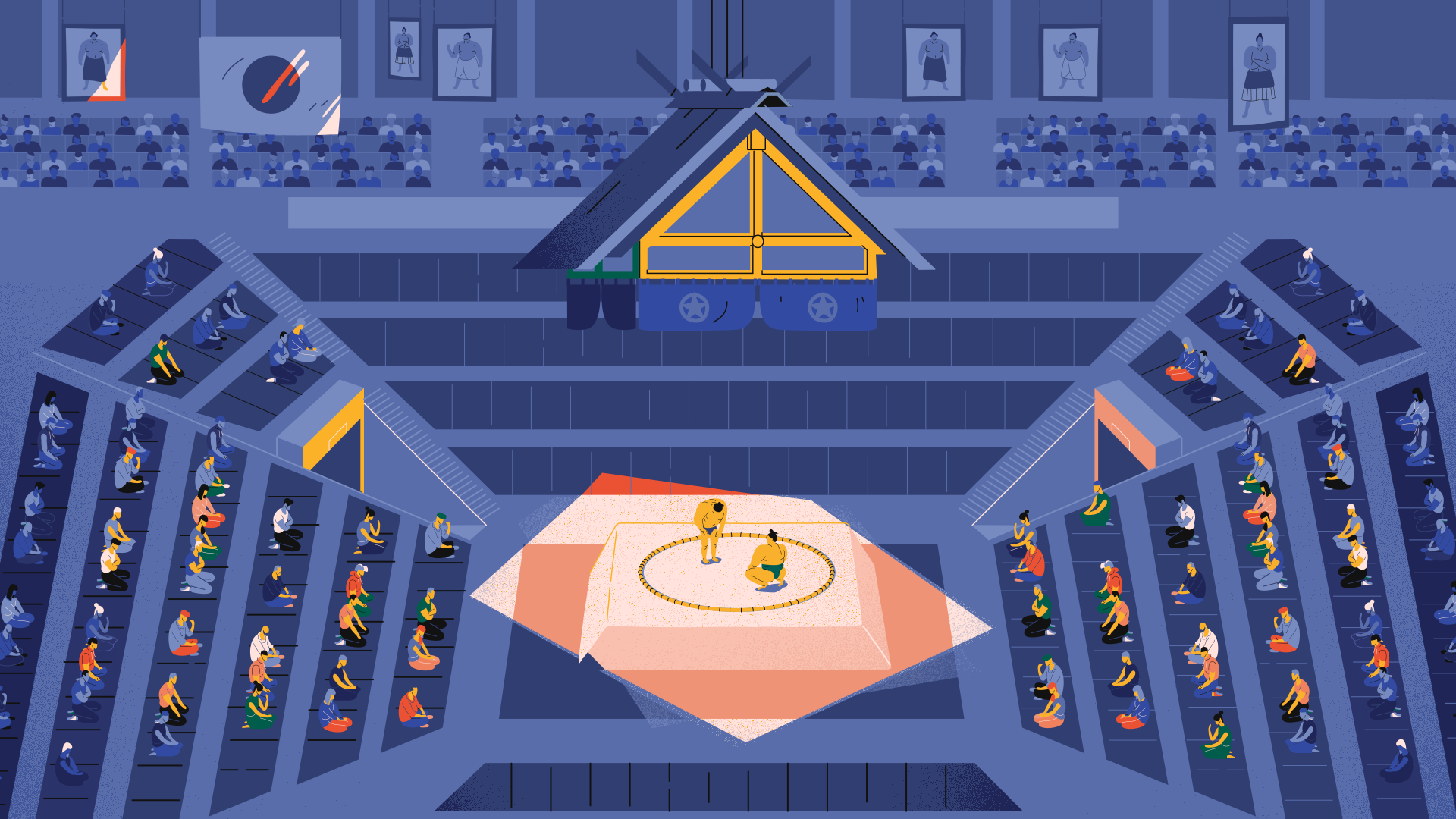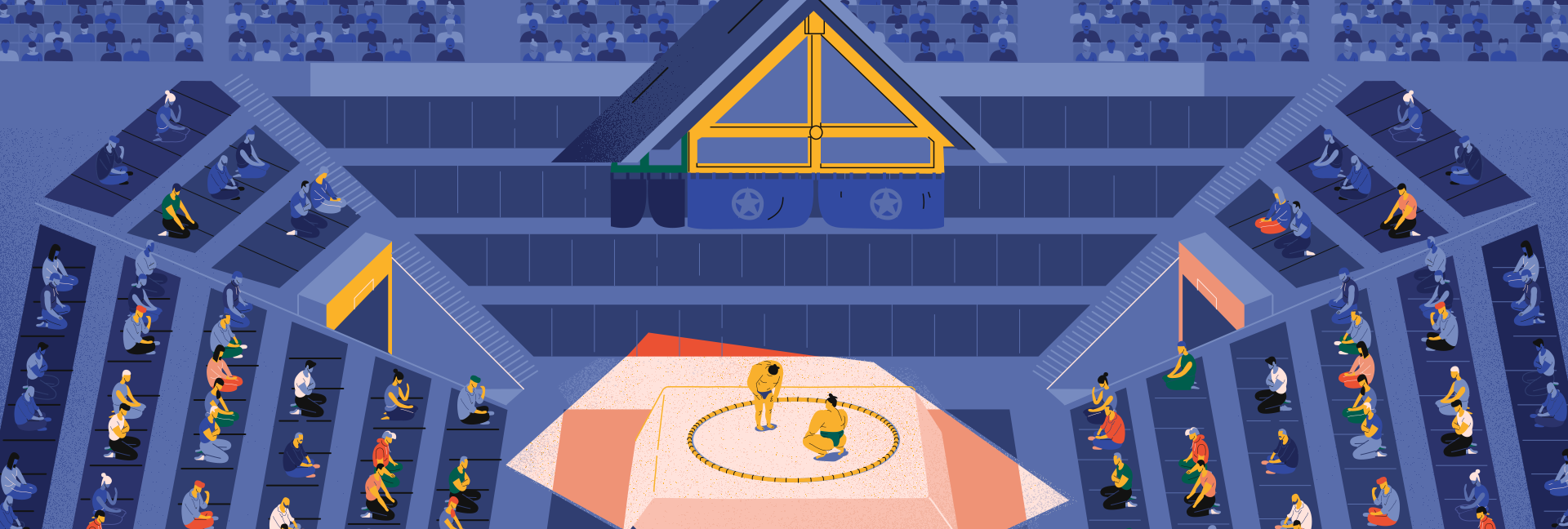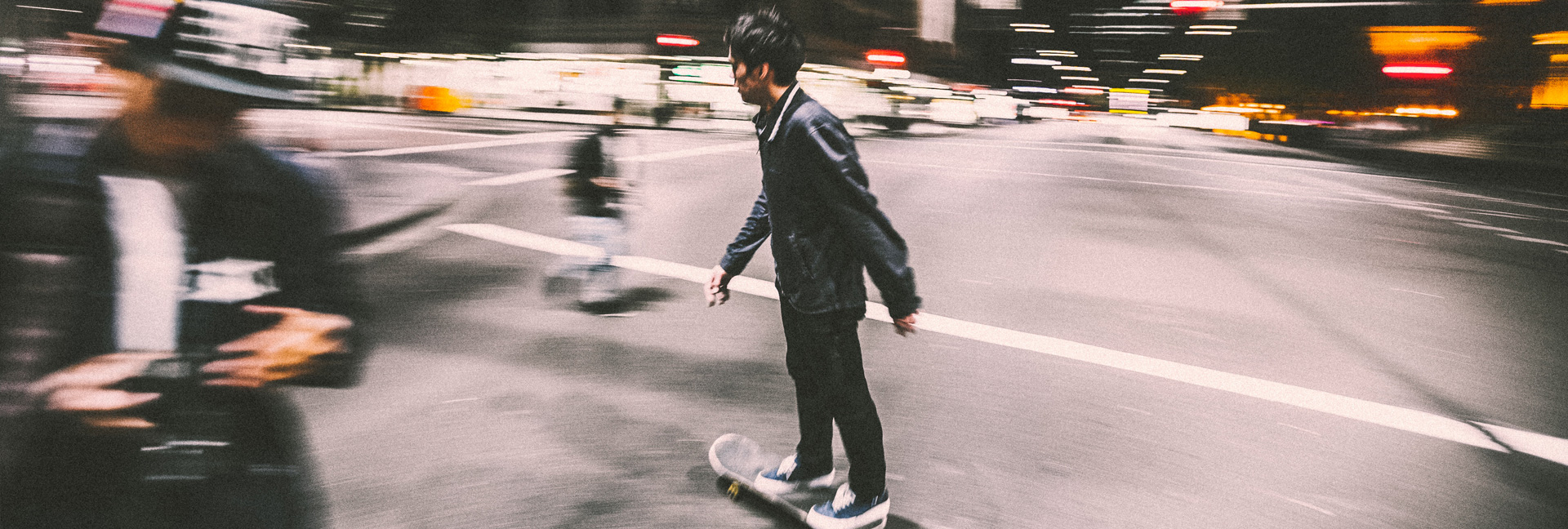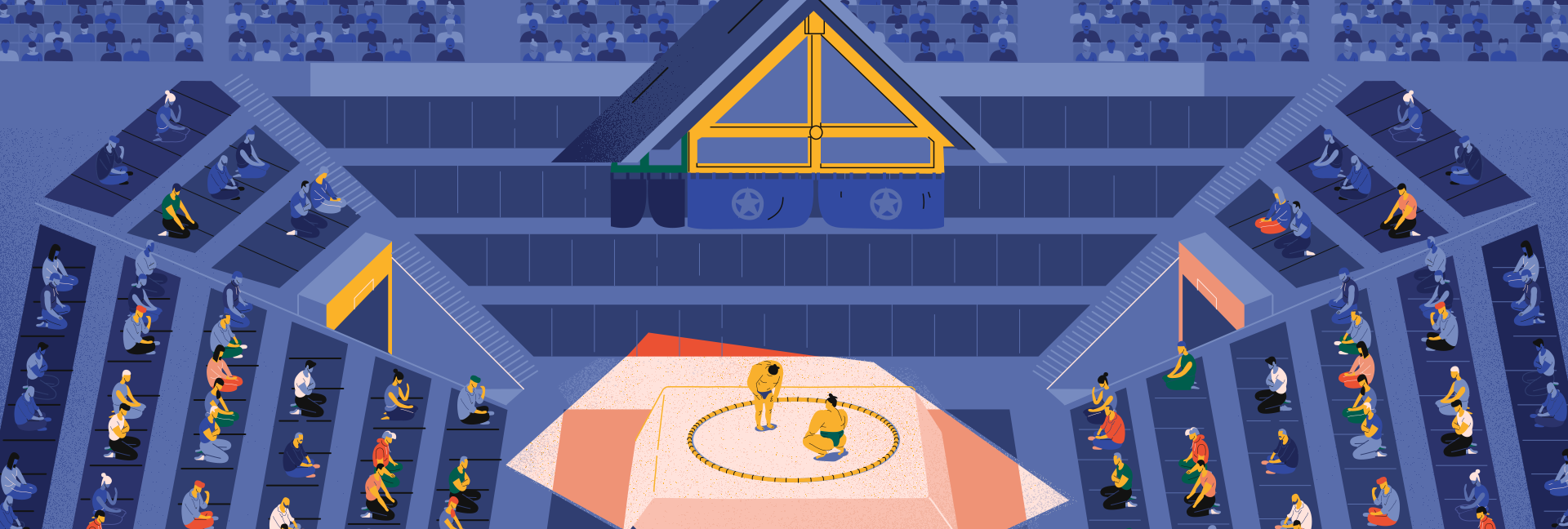Everything around the Ryogoku Kokugikan stadium, in Tokyo, Japan, breathes sumo. There are museums, gardens, restaurants, and shops related to Japan's most popular sport tradition everywhere. But it is inside the arena, in January, that the show is renewed. That is when the fighters meet for the first Grand Sumo Tournament of the year.
The audience does not like to miss the season kick-off because they know that sumo is almost synonymous with upsets. During the modality’s six main tournaments, which start in January and continue in March, May, July, September, and November, it is common for there to be a lot of rotation among the winners. Thus, every fight is filled with epic contours.
For the Grand Sumo Tournament, in January, there is a lot of expectation surrounding Takakeisho Mitsunobu, a 24-year-old Japanese national who seeks to achieve the level of yokozuna, the highest in the sport. Many fans expect him to star in a new battle against 29-year-old Mongolian national Terunofuji Haruo, to whom he lost in 2020, in an exciting fight.

For most sports fans, Ryogoku Kokugikan, a place of architecture that dates back to centuries past, is the stage for the most memorable clashes. It is where three of the main tournaments take place - in January, May, and September. Built in 1985, the stadium is a pulsating reminder of the origin of the sport. Inside and outside of the arena there are many artifacts, such as statues, posters and nobori flags that, together, tell the story of sumo.
Upon entering Ryogoku Kokugikan, the spectator is transported back to the roots of sumo, which are linked to Shinto, the native religion of Japan. Many traditions have been preserved, such as the purification ritual using salt before each showdown. In the museum, which is located on the first floor, visitors can see how the sport has changed until reaching today's format. Sumo, the materials explain, started out as a ritual dance, was used for training during civil war periods, and eventually became a clean fight aimed at getting the opponent to be thrown out or touch one of his body parts on the floor.
Ryogoku Kokugikan becomes an imposing cauldron on fight days. The 10,000 seats are highly competed for, demanding planning from those who intend to follow the tournament. The fights start early, at around 8 am, and go on until 6 pm. The most important clashes are always at the end of the day. The calendar is designed so that the tournament starts on a Sunday and ends two weeks later, also on Sunday.
For the 2021 edition, the one thing that is for sure is that, when the tournament is over, the region will not fail to experience the culture of sumo. Around the stadium it is always possible to see exhibitions about historical fights, to understand the strict routine in sumo training camps - the heya -, savor the typical dishes of the fighters’ diet, such as chankonabe stew, and take pictures with former sumotoris who stroll the streets there. Sumo, over there, is a sacred cycle of respect for tradition.




